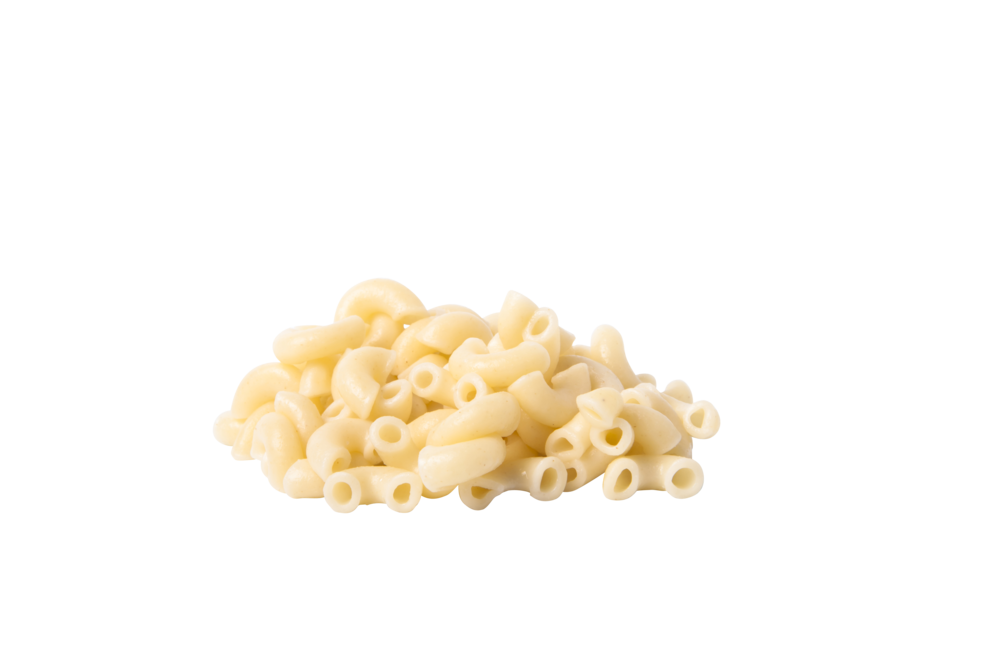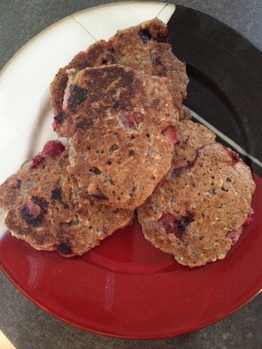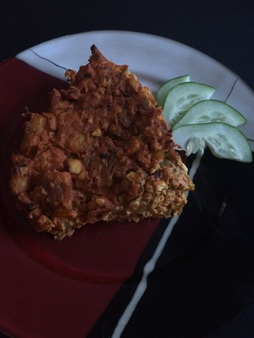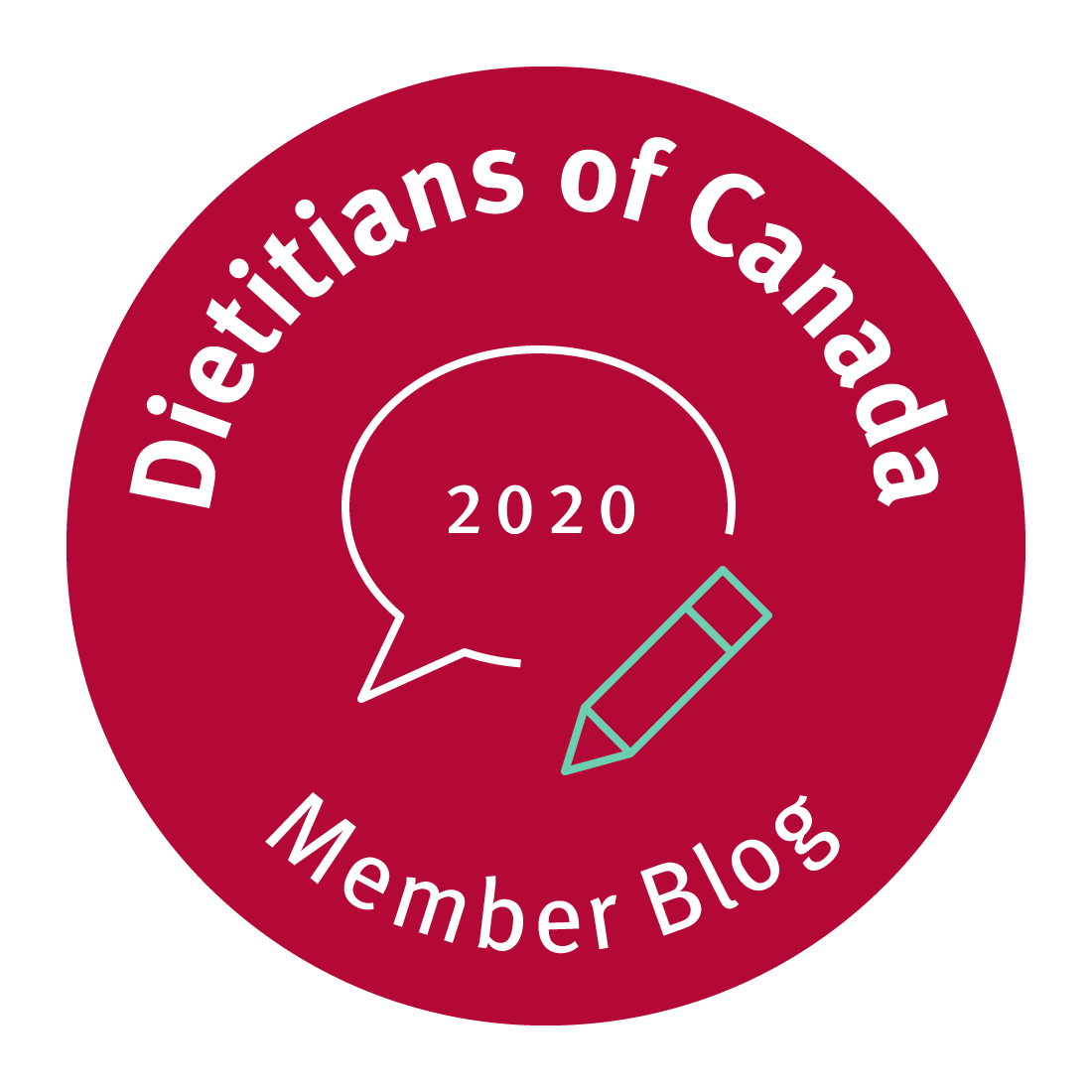
Giving grains to baby isn’t one of my main concerns at first, however, these foods are still important and once your baby is being offered different protein sources and fruits and vegetables, I tend to offer some grains. As mentioned above pasta can be a great learning experience for your baby’s journey into eating solid food.
This baby did very well eating pasta. The first time it was offered, you could really see him learning how to pick it up and get it into his mouth. I often find that parents breathe a sigh of relief when a food like this is offered. It’s a very tangible step toward able to offer a full “meal” to their little one.
As for what type of pasta to go for, I recommend choosing a single grain pasta, without rice in it if you are still going with gluten free grains. If you have moved past just gluten free grains then I look for pasta that is naturally higher in fibre, but still contains minimal ingredients, making it less of a “processed” food.
On a safety note, if you are offering spaghetti or spaghetti-like noodles, it is important that you cut them into a smaller size to help prevent your baby choking on those long noodles.
Wondering how your baby is doing on their journey of starting solids? Contact Jill, Nurture The Future’s Registered Dietitian at [email protected]




 RSS Feed
RSS Feed

.png.aspx?width=150&height=150)
